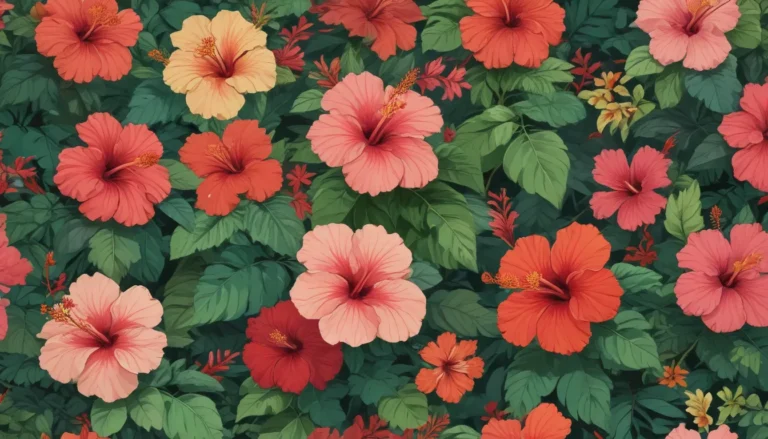Mastering Bok Choy Pest Control: Essential Tips for a Healthy Harvest

If you’re a fan of potstickers, spring rolls, or stir-fries, then chances are you’ve come to appreciate the unique flavor of bok choy. This leafy green vegetable, also known as pak choi or Chinese cabbage, is a staple in many Asian dishes for its earthy and peppery taste.
But as delicious as bok choy is, it is also prone to common pests that can wreak havoc on your crop. From aphids to cabbage loopers, these unwanted visitors can leave your bok choy looking less than appetizing.
Don’t let pest infestations ruin your gardening efforts. In this comprehensive guide, we’ll explore nine of the most common bok choy pests, how to identify them, and most importantly, how to manage and control them effectively.
Let’s dive in and learn how to protect your bok choy from these pesky invaders!
Understanding Your Enemies: A Guide to Bok Choy Pests
- Aphids
- These soft-bodied insects feed on the sap within leaf tissues, causing stunted growth and wilting.
-
Control measures: Use strong blasts of water from the hose or apply horticultural oil or insecticidal soap. Introduce predatory insects like lacewings and ladybugs to your garden.
-
Cabbage Loopers
- Smooth green caterpillars that leave irregularly-shaped holes in leaves.
-
Control measures: Remove larvae by hand, use row covers, and apply Bt sprays to combat infestations.
-
Cabbage Worms
- Velvety green larvae that consume the leaves of cruciferous plants.
-
Control measures: Handpick eggs, use Btk sprays, and consider companion planting with thyme to repel cabbage worms.
-
Cutworms
- Nocturnal moth larvae that feed on young bok choy foliage.
-
Control measures: Keep the area weed-free, till the soil before planting, and use Bt sprays for cultural control.
-
Diamondback Moths
- Bristly larvae that cause the most damage during the seedling and harvest stages.
-
Control measures: Rotate crops, attract predatory insects with flowering plants, and use Bt or Spinosad for control.
-
Flea Beetles
- Small leaf beetles that leave behind pits and holes in foliage.
-
Control measures: Use yellow sticky traps, control weeds, and consider planting trap crops like radish.
-
Slugs and Snails
- Mollusks that feed on leaves and leave behind slime trails.
-
Control measures: Handpick pests at night, eliminate hiding spots, and use slug and snail traps as a deterrent.
-
Vegetable Weevils
- Grayish-brown beetles that feed on developing tissue, stunting growth.
-
Control measures: Cover vulnerable crops, manage nearby weeds, and apply neem oil or insecticidal soap.
-
Whiteflies
- Winged pests that feed on plant sap, reducing vigor and size.
- Control measures: Introduce ladybugs and lacewings, use neem oil or insecticidal soap, and control weeds to reduce whitefly populations.
By identifying and understanding these common bok choy pests, you’ll be better equipped to protect your crop and ensure a healthy harvest.
Strategies for Effective Pest Control
-
Proper Cultivation: Maintaining proper garden hygiene and practices will help keep your bok choy healthy and less susceptible to pests.
-
Integrated Pest Management: Incorporating a variety of control methods, including cultural, biological, and chemical strategies, can help effectively manage pest infestations.
-
Companion Planting: Planting pest-repelling herbs and flowers alongside your bok choy can help deter unwanted insects and create a balanced ecosystem.
-
Preventative Measures: Using row covers, trap crops, and beneficial insects can proactively protect your bok choy from pest infestations.
Remember, a healthy garden is a diverse and thriving ecosystem. By understanding and implementing effective pest control strategies, you can enjoy a bountiful harvest of fresh, delicious bok choy without the worry of pesky invaders.
So arm yourself with the knowledge and tools needed to protect your beloved bok choy, and rest assured that your efforts will be rewarded with a garden full of vibrant, pest-free greens.
Happy gardening!





